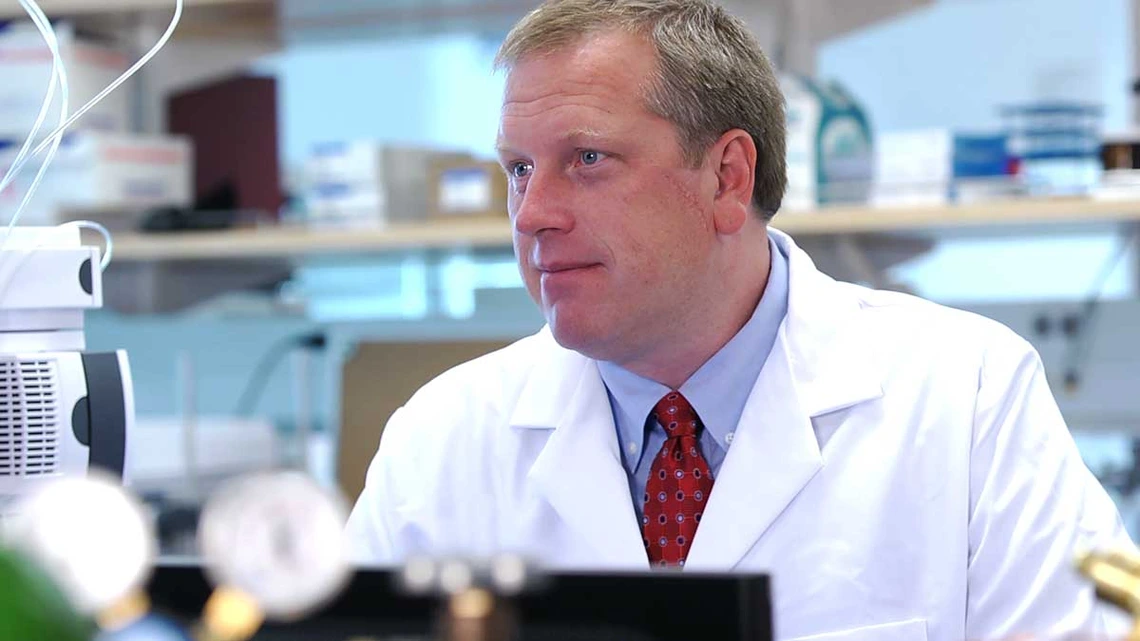
When
Where
Speaker(s)
Around the globe, human population continues to grow and urbanize. Population density in major urban zones is often growing at rates that demand water supplies which natural recharge cannot fulfill. This water deficit can be met by three primary means, water importation, desalination, and/or water reuse. Historically, water importation was the dominant means for augmenting dwindling freshwater supplies. However, water transmission across vast distances and elevations is often exceedingly energy and infrastructure intensive. Moreover, political and environmental concerns are often limiting factors in water importation projects. While ocean desalination also is energy intensive, it can provide a reliable source of water that is drought resistant and produces water of generally high purity. For both coastal and inland communities, reuse of municipal wastewater is a viable option for extending potable water supplies. However, water quality constituents in general are different in these alternative water supplies, which also can lead to unique formation and speciation of byproducts during oxidative water treatment. While modern analytical techniques can selectively and sensitively identify trace levels of contaminants in water, the procedures utilized are generally time-consuming, labor-intensive, and technically-sophisticated. Considering the rapidly growing interest in direct potable reuse, which connects directly wastewater treatment plants to drinking water systems, monitoring for water quality and ensuring process reliability must be instantaneous and fail-safe. A great need exists for on-line real-time sensor systems and robust software networks that can monitor water quality and autonomously control water systems, shutting down or diverting if a problem is detected. This presentation will share the latest discoveries in the move towards potable water reuse and the opportunities for collaborative cross-cutting research for the imminent water paradigm of the future.
Dr. Shane Snyder is a Professor of Chemical & Environmental Engineering, and holds joint appointments in the College of Agriculture and School of Public Health, at the University of Arizona. He also co-directs the Arizona Laboratory for Emerging Contaminants (ALEC) and the Water & Energy Sustainable Technology (WEST) Center. Dr. Snyder and his teams have published over 175 manuscripts and book chapters on emerging contaminant analysis, treatment, and toxicology (H-index = 55 as of September 2015). He currently serves as an editor-in-chief for the international journal Chemosphere.

